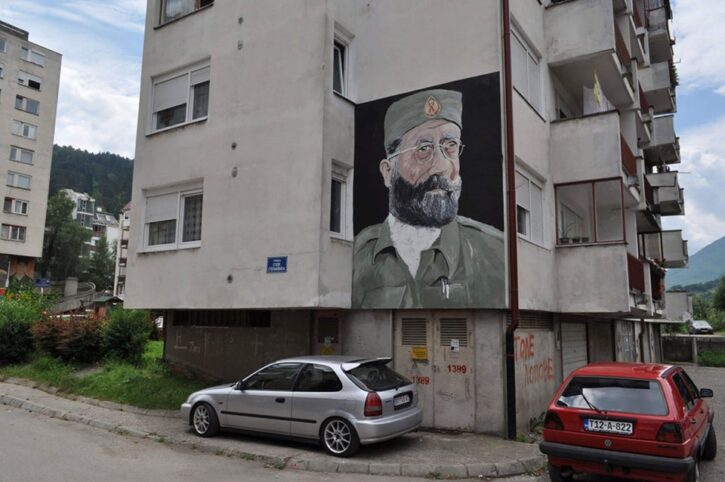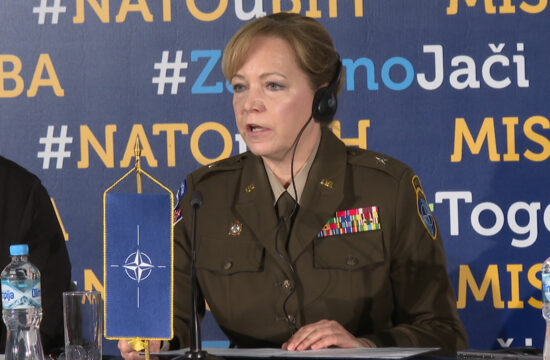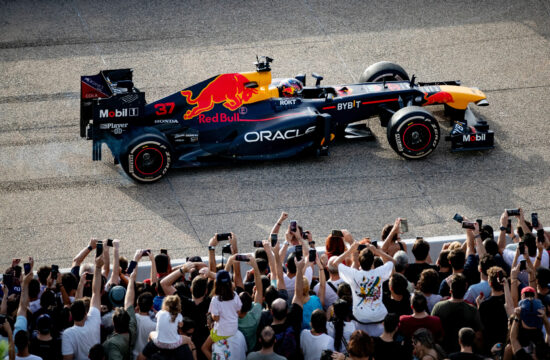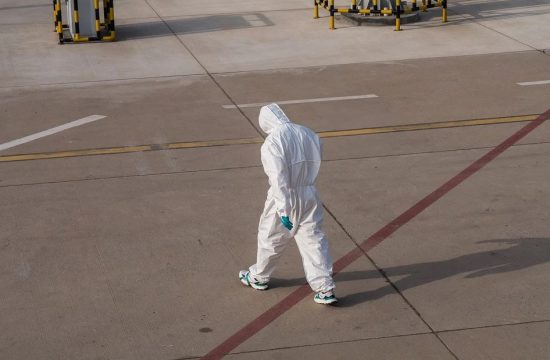
A mural glorifying World War II Chetnik leader Draza Mihailovic was put up on a central building in the eastern Bosnian town of Foca, triggering strong reactions among victims associations who said this was a message that “announces new crimes.”
“This is a message that tells there is no room for Bosniaks in Foca, where they were always a majority. This is a message that announces new crimes,” said Association of War Victims Foca 92-95.
According to ex-Yugoslav demographers, Chetnik forces killed in WWII at least 33,000 Muslims and 32,000 Croats in one of the most gruesome episodes of Yugoslav history. A large number of those victims were in the eastern parts of Bosnia.
“The history of this part of ex-Yugoslavia had seen the worst genocidal actions on the Foca municipality’s territory, brutal murders of thousands of innocent residents of Islamic affiliation and those with Muslim names. Historian Vladimir Dedijer presented the inspected data from the beginning of 1942 about the killing of more than one-third of the overall number of Bosniaks in Foca. Those crimes repeated in later stages of the WWII, so we can speak about a minimum number of more than 10 thousands of the innocently killed in Foca municipality,” said the association, strongly condemning installation of the mural in Foca.
The association finds it incomprehensible, regardless of whether the municipal authorities supported or approved that the mural is put on the wall of one of the buildings in Foca’s centre.
Draza Mihailovic was a Yugoslav Serb general during the WWII but he eventually separated and formed his own group first known as the Chetnik Detachment of the Yugoslav Army and later on the Ravna Gora Chetnik Movement, all commonly known as the Chetniks.
Being opposed to the communists, the Chetnik groups mostly collaborated with the Axis powers.
After the WWII ended, Mihailovic was captured by the communists, tried and convicted of high treason and war crimes, and eventually executed in 1946 by firing squad in Belgrade.
A Belgrade court rehabilitated him in 2015, assessing that the trial was “political and ideological” and made serious errors.



